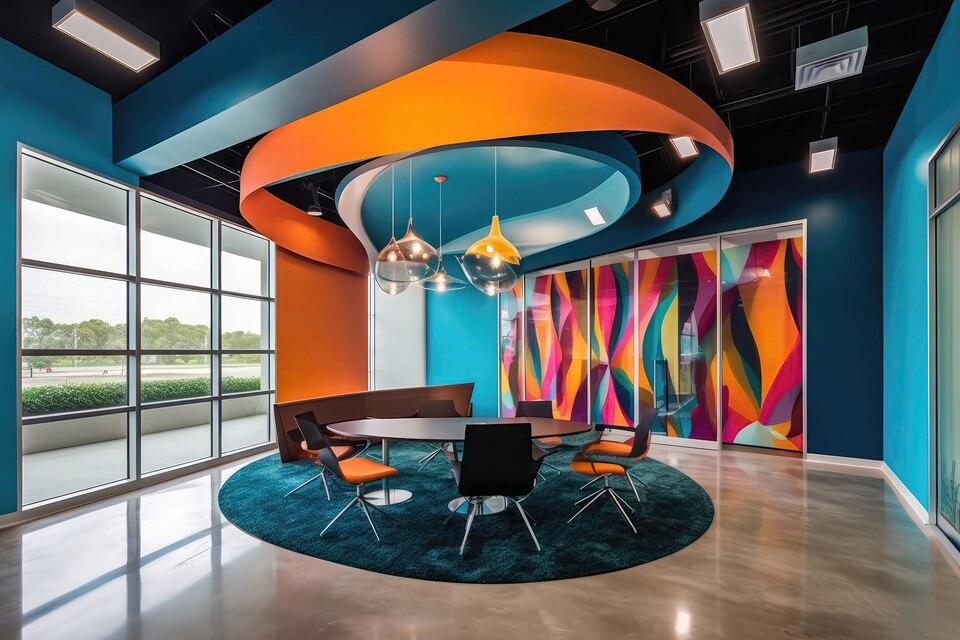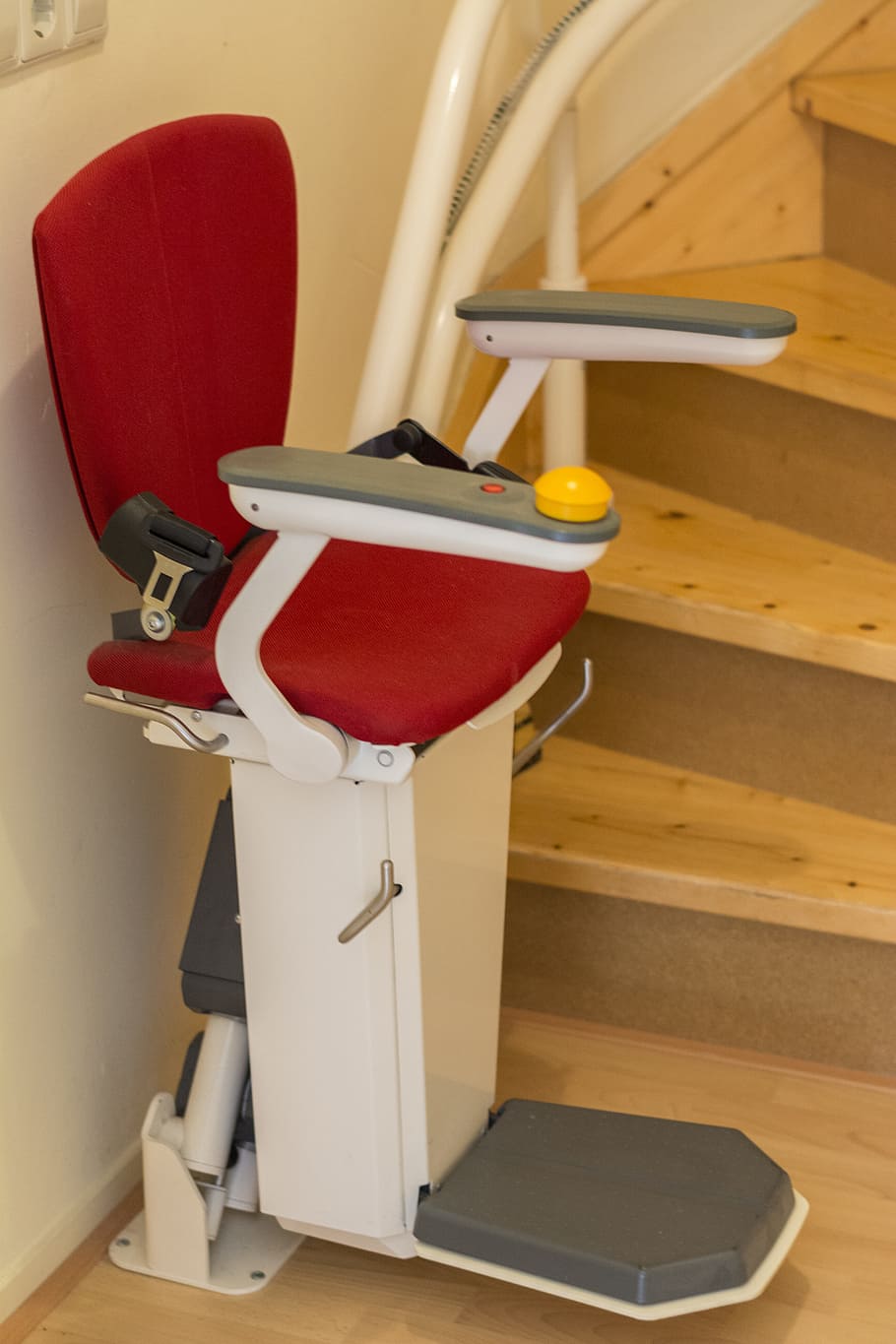In today’s fast-paced, technology-driven world, many of us spend the majority of our waking hours in an office environment.
Whether you’re crunching numbers, attending meetings, or working on a creative project, the office is where much of the modern workforce spends a significant portion of their day.
It’s essential, then, that this space is designed with the well-being and productivity of employees in mind. This is where ergonomics in the workplace comes into play.
Understanding Ergonomics
Ergonomics is the science of designing workspaces, products, and systems to fit the people who use them. It focuses on improving efficiency, comfort, and safety, ultimately enhancing overall well-being and productivity.
When applied to the workplace, ergonomics seeks to create an environment where employees can perform their tasks efficiently without suffering from discomfort, fatigue, or injury.
The Importance of Ergonomics in the Office
Investing in ergonomic office design isn’t just about providing employees with comfortable chairs and adjustable desks. It goes beyond aesthetics; it’s about optimizing the workspace for human use. Here’s why ergonomics in the workplace is of paramount importance:
1. Enhancing Comfort and Health
A comfortable office leads to happier, healthier employees. Ergonomic furniture and equipment reduce the risk of musculoskeletal disorders (MSDs) such as carpal tunnel syndrome and back pain.
Properly designed chairs and desks, for instance, encourage good posture, minimizing strain on the neck, shoulders, and spine. Ergonomic keyboards and mice can also prevent repetitive strain injuries in the wrists.
Moreover, ergonomic office setups encourage regular breaks and movement, reducing the negative health effects of prolonged sitting.
Adjustable sit-stand desks, for example, allow employees to alternate between sitting and standing, promoting better circulation and reducing the risk of obesity and cardiovascular problems.
2. Boosting Productivity and Efficiency
Comfortable employees are more productive. When workers are free from discomfort and pain, they can focus on their tasks with greater concentration and energy. Ergonomic office setups reduce distractions caused by discomfort, allowing employees to work efficiently for longer periods.
Furthermore, ergonomics considers the layout and organization of the workspace. This includes factors like the arrangement of desks, lighting, and even noise levels. By optimizing these elements, ergonomics helps employees to better focus on their work, resulting in improved productivity and job satisfaction.
Key Elements of Ergonomic Office Design
To create a healthy and comfortable office environment, several key elements should be considered:
1. Ergonomic Furniture
Investing in ergonomic office furniture is a cornerstone of good office design. Chairs, desks, and accessories like monitor stands should be adjustable to accommodate different body types and working preferences.
Ergonomic chairs, for instance, should provide lumbar support and adjustable armrests, while desks should be height-adjustable to enable both sitting and standing.
2. Proper Lighting
Lighting plays a crucial role in an ergonomic office design. Proper lighting helps prevent eye strain, reduces fatigue, and creates a more pleasant work environment. Here’s a deeper look into the elements of proper lighting:
Natural Light: Whenever possible, maximize the use of natural light. Position workstations near windows or use glass partitions to allow sunlight to penetrate deeper into the office.
Natural light not only enhances productivity but also positively affects the mood and well-being of employees.
Artificial Lighting: When natural light is limited, artificial lighting should be carefully designed. Use adjustable task lighting that allows employees to direct light where they need it most.
Additionally, invest in high-quality, energy-efficient LED or fluorescent bulbs that provide uniform illumination without flickering, glare, or excessive shadows.
Glare Reduction: Minimizing glare is crucial to preventing eye strain. Ensure that computer screens are positioned perpendicular to windows to reduce direct sunlight glare.
Use window treatments like blinds or diffusers to control natural light when necessary. Anti-glare screens can be added to computer monitors for further protection against reflections and glare.
3. Efficient Layout
The layout of an office plays a significant role in employee comfort and productivity. Open-plan offices should have designated spaces for collaboration and quiet work, with ergonomic furniture placed strategically to minimize noise and distractions.
4. Technology Integration
Modern offices are heavily reliant on technology, and ergonomics extends to the design of technology interfaces. Ergonomic keyboards, mice, and monitor setups can help prevent repetitive strain injuries and discomfort associated with prolonged computer use.
5. Adequate Break Areas
Creating designated break areas with comfortable seating, access to natural light, and perhaps even plants can encourage employees to take breaks and recharge. These spaces can help reduce stress and improve overall well-being.
Implementing Ergonomics in Your Office
So, how can you implement ergonomics in your office and create a healthier, more comfortable workspace for your employees? Here are some steps to consider:
1. Conduct an Ergonomic Assessment
Start by assessing your current workspace. Identify areas where improvements can be made, such as uncomfortable chairs, poor lighting, or cluttered workstations. Consider bringing in an ergonomics consultant to help with the assessment.
2. Invest in Quality Ergonomic Furniture
Replace outdated or uncomfortable furniture with ergonomic alternatives. Ensure that chairs, desks, and accessories are adjustable to accommodate various body types and preferences.
3. Educate Employees
Provide training and resources to educate your employees about the importance of ergonomics. Encourage them to take breaks, adjust their workstations, and report any discomfort or issues promptly.
4. Regularly Review and Update
Ergonomics isn’t a one-time fix; it’s an ongoing process. Regularly review and update your office design and policies to ensure they continue to meet the needs of your employees.
Conclusion
Ergonomics in the workplace is about more than just aesthetics; it’s about creating an environment that promotes the health, comfort, and productivity of employees.
By investing in ergonomic office design, you not only reduce the risk of injuries and discomfort but also enhance overall well-being and job satisfaction.
Remember that ergonomics is an ongoing process, and as the needs of your workforce evolve, so too should your office environment. In doing so, you’ll be contributing to a happier, healthier, and more productive workplace.
Choosing the appropriate fit out company in Dubai holds paramount importance in guaranteeing the accomplishment of your project, one that aligns seamlessly with your vision and specifications.
By selecting the ideal office fit out company in Dubai, you can surpass anticipations and craft an office space that serves as a catalyst for achievement.




